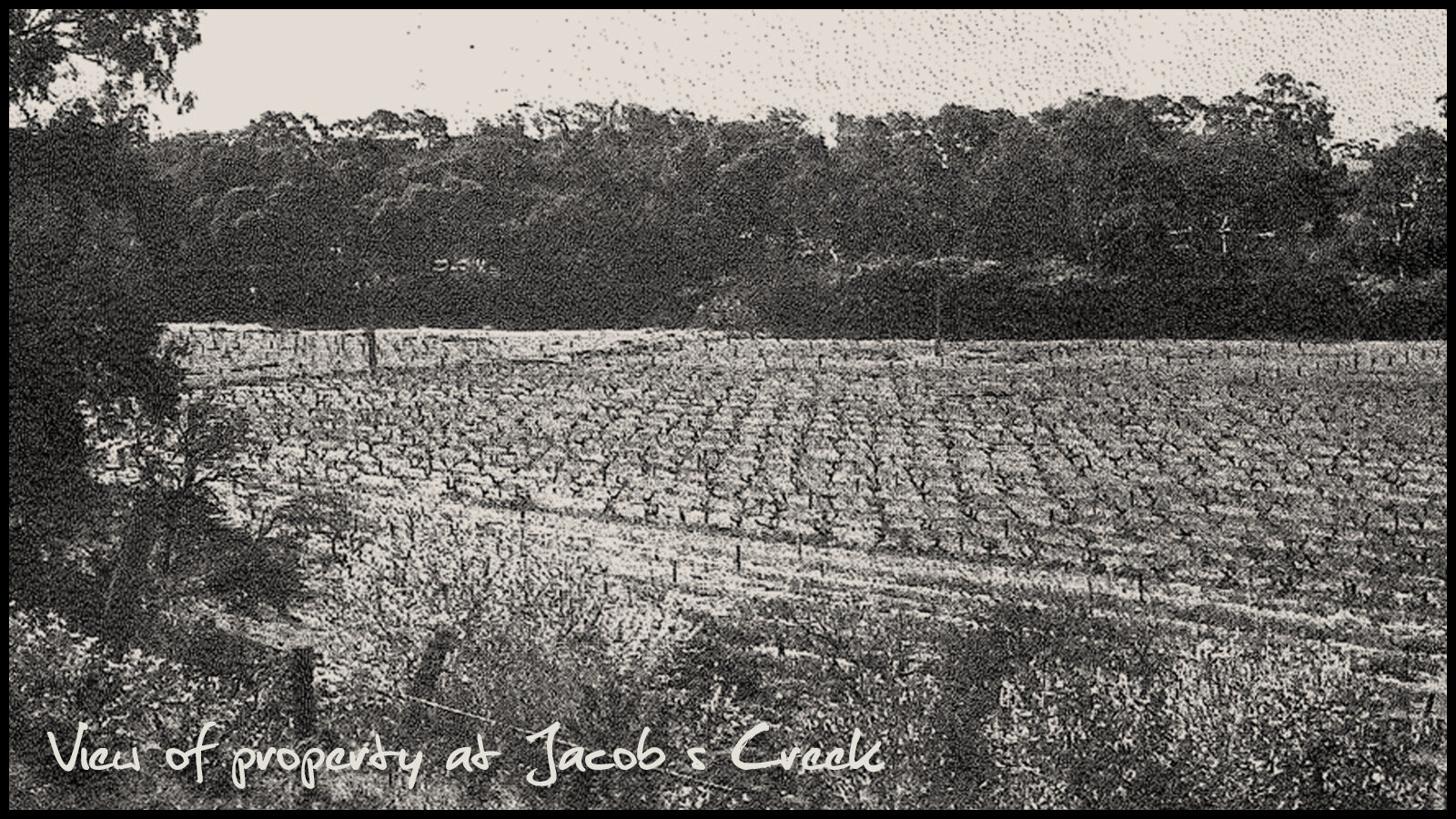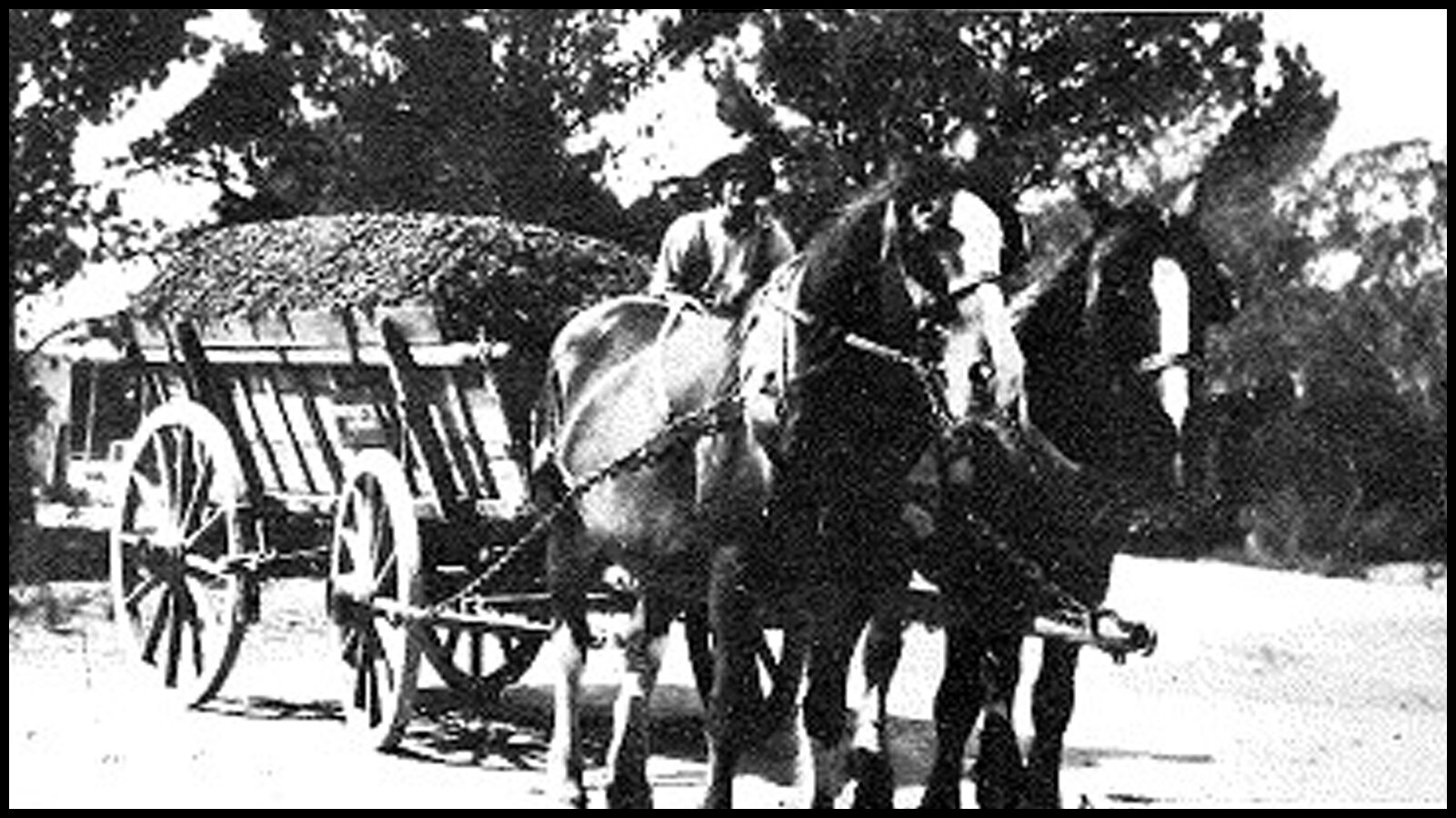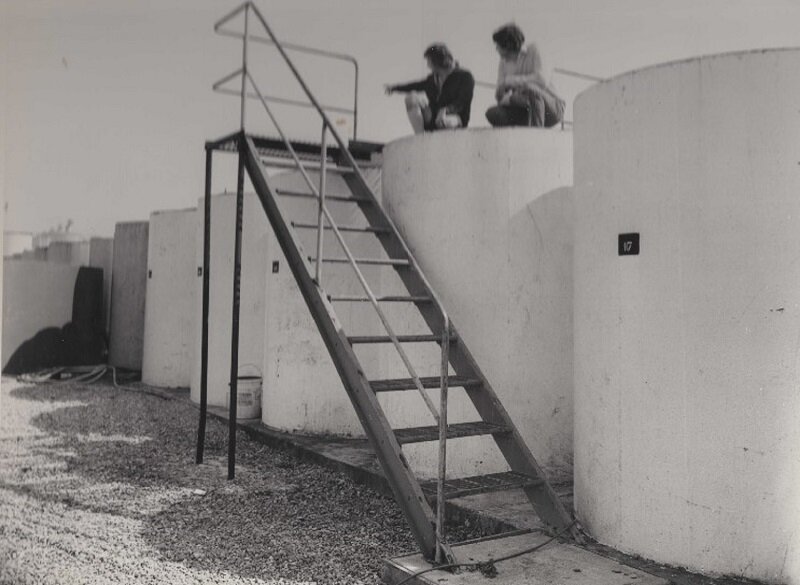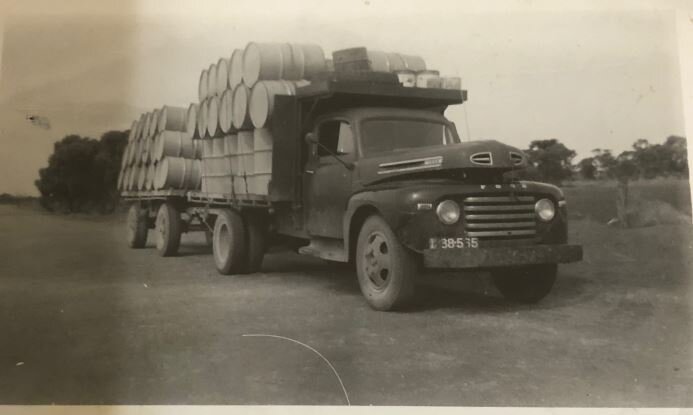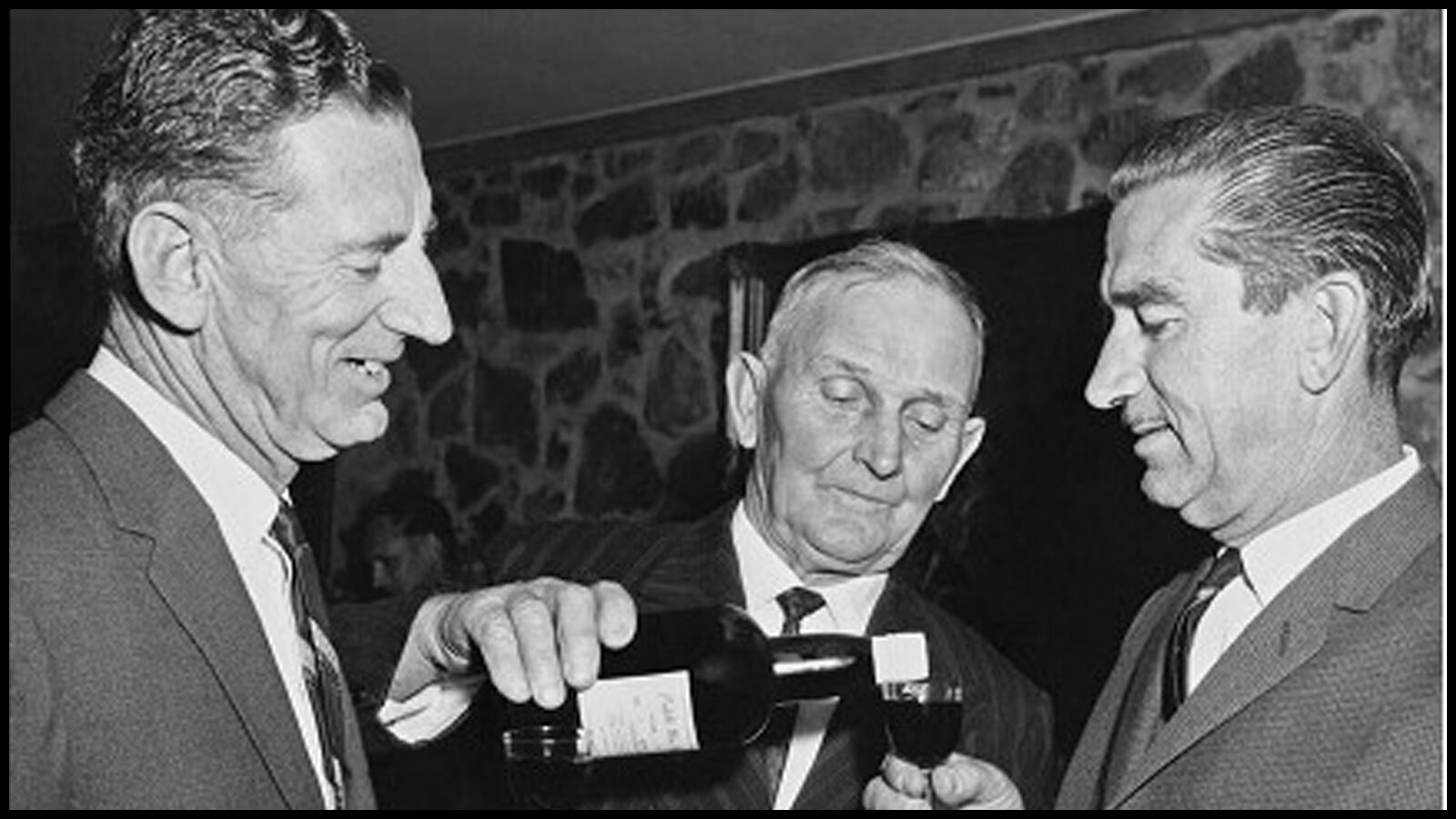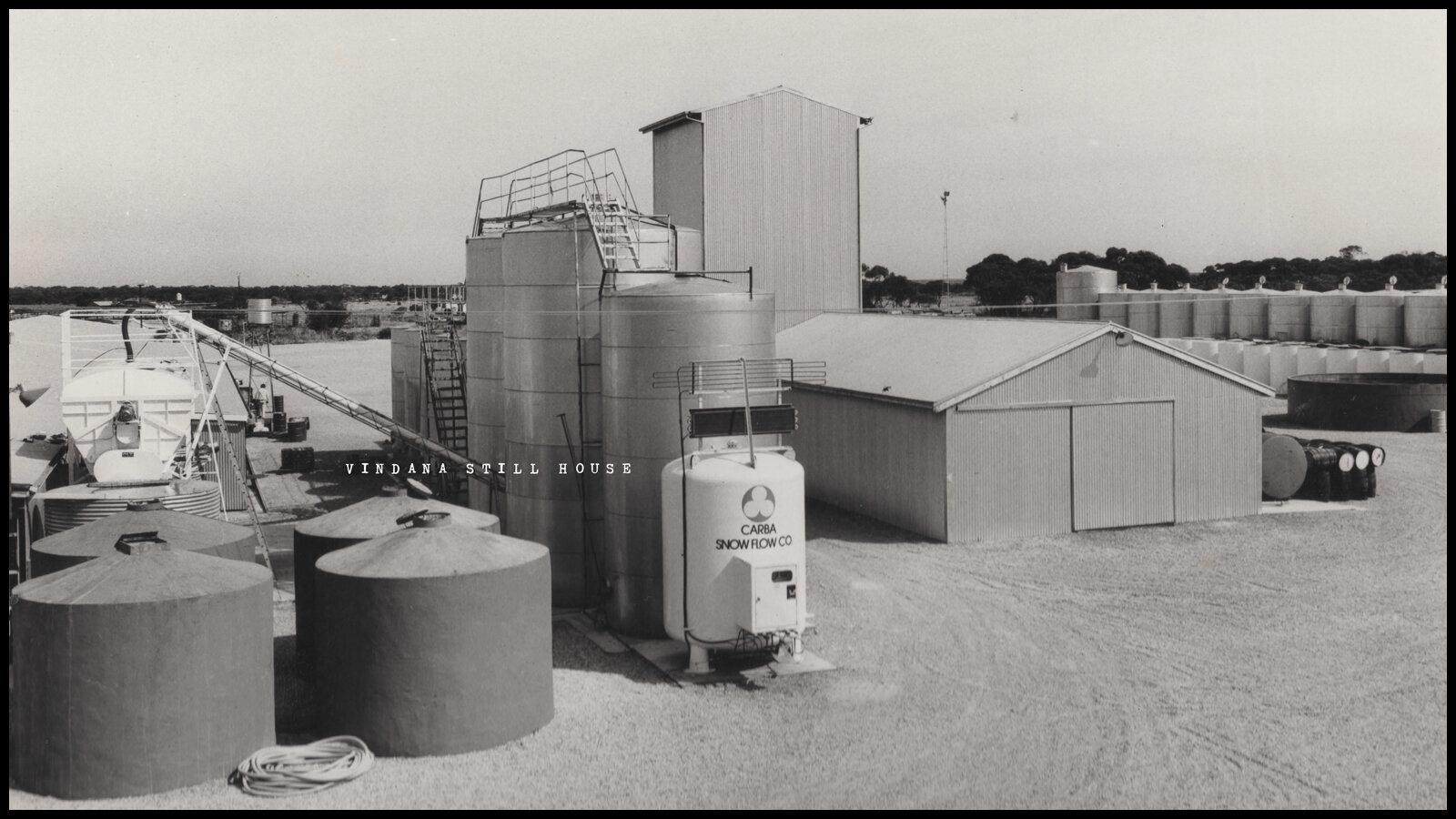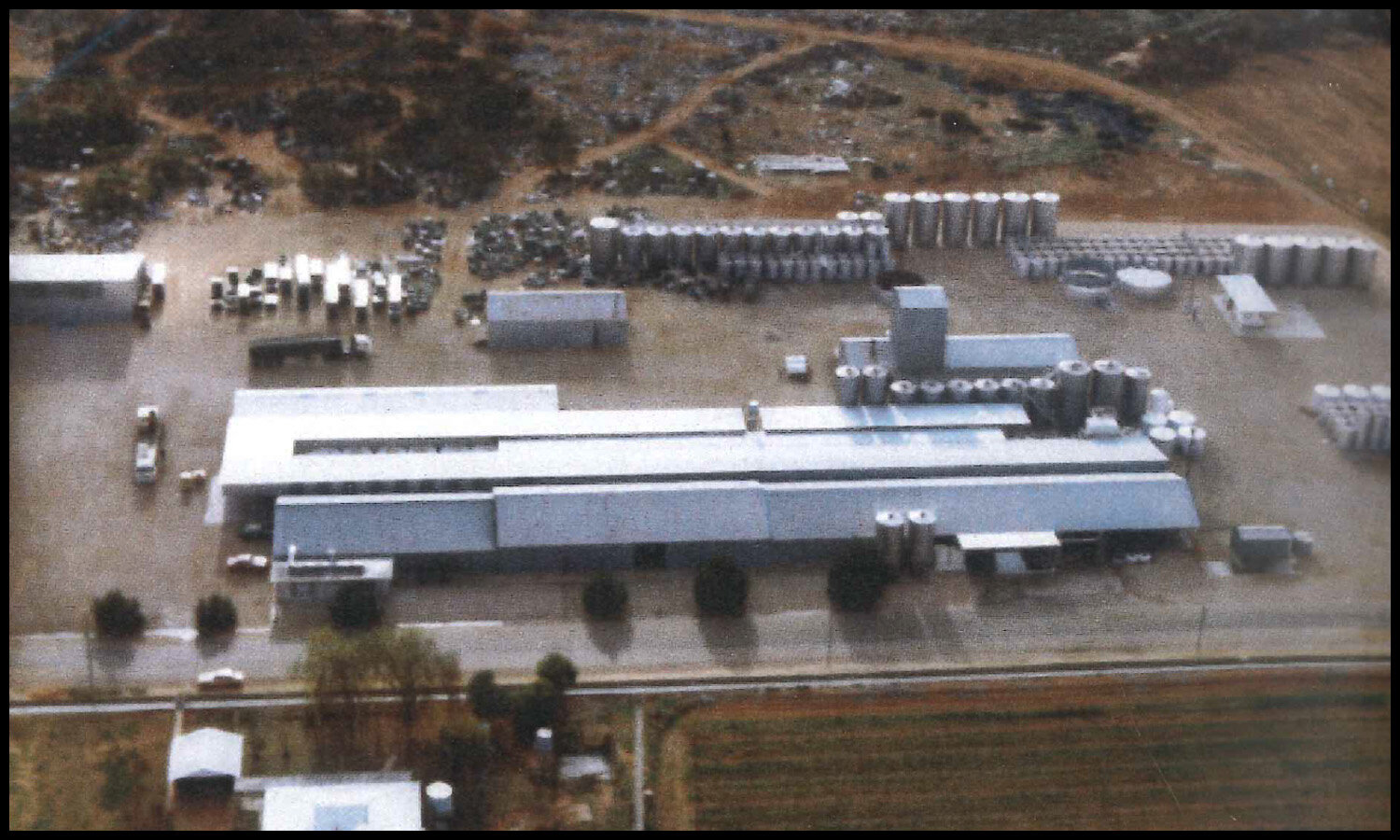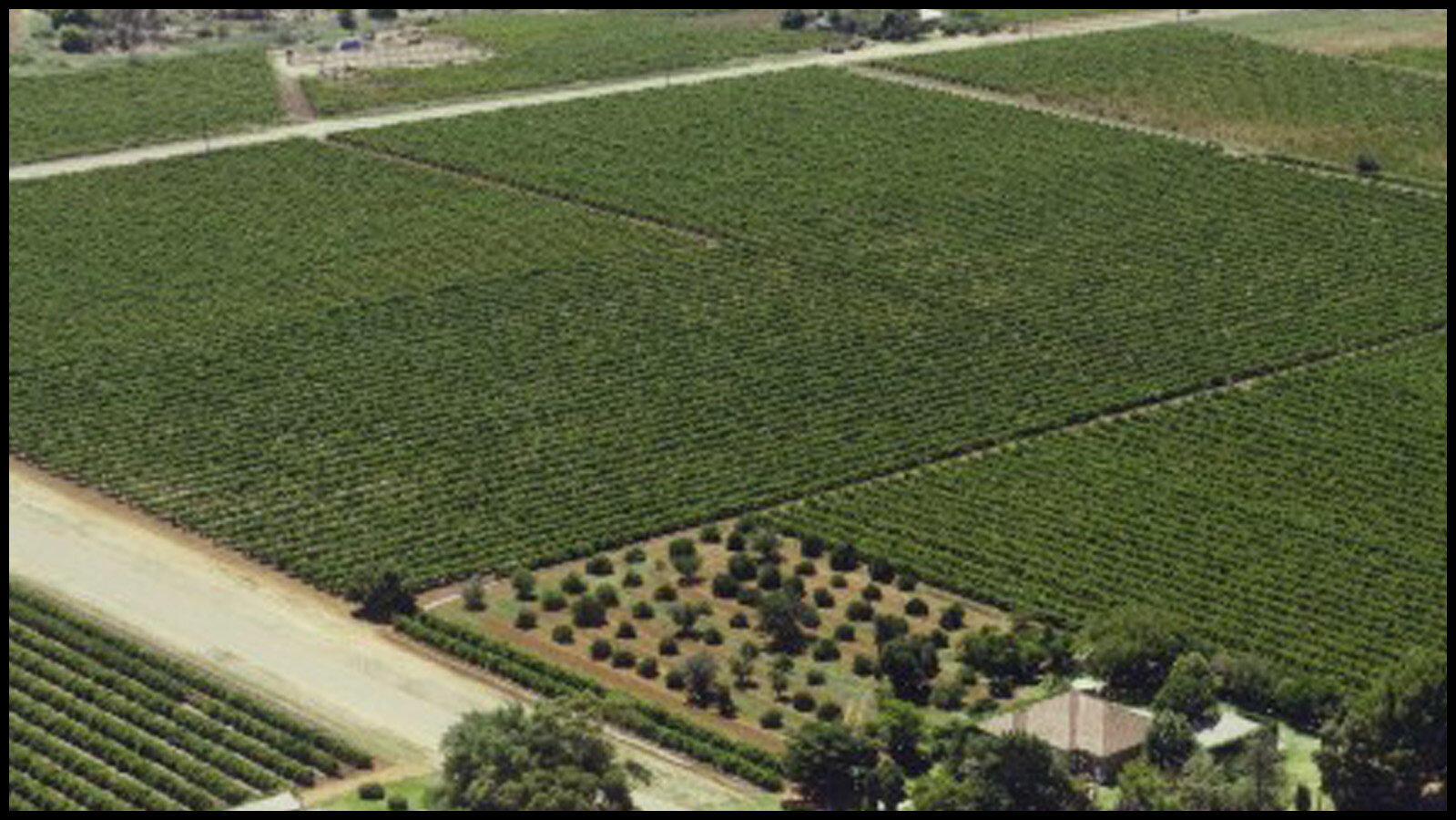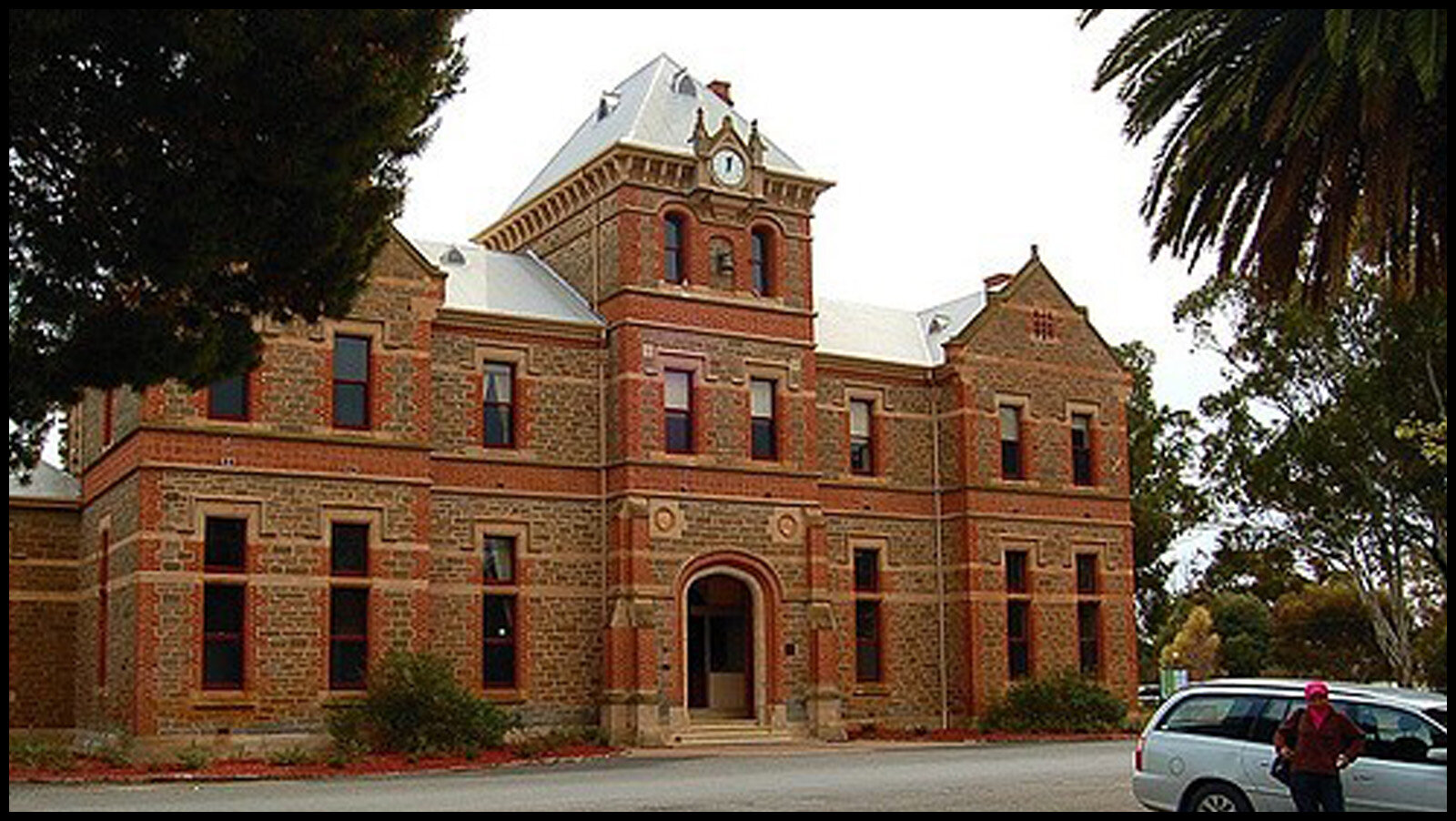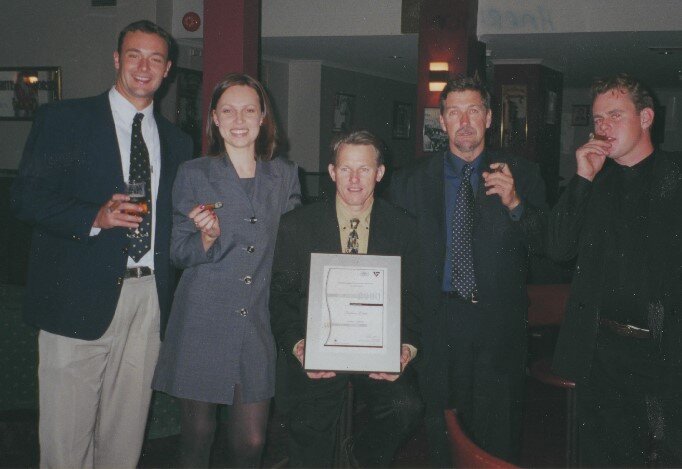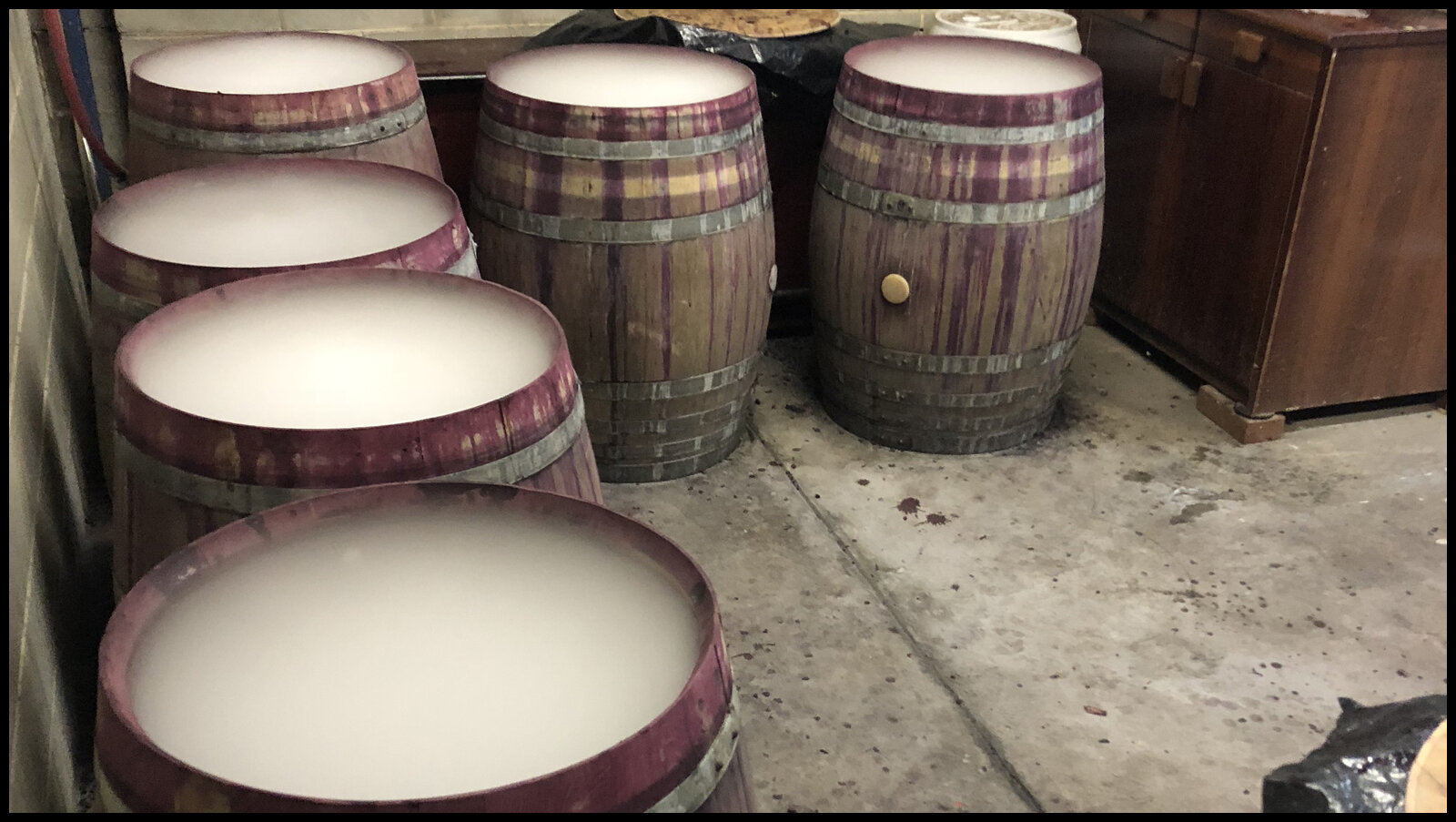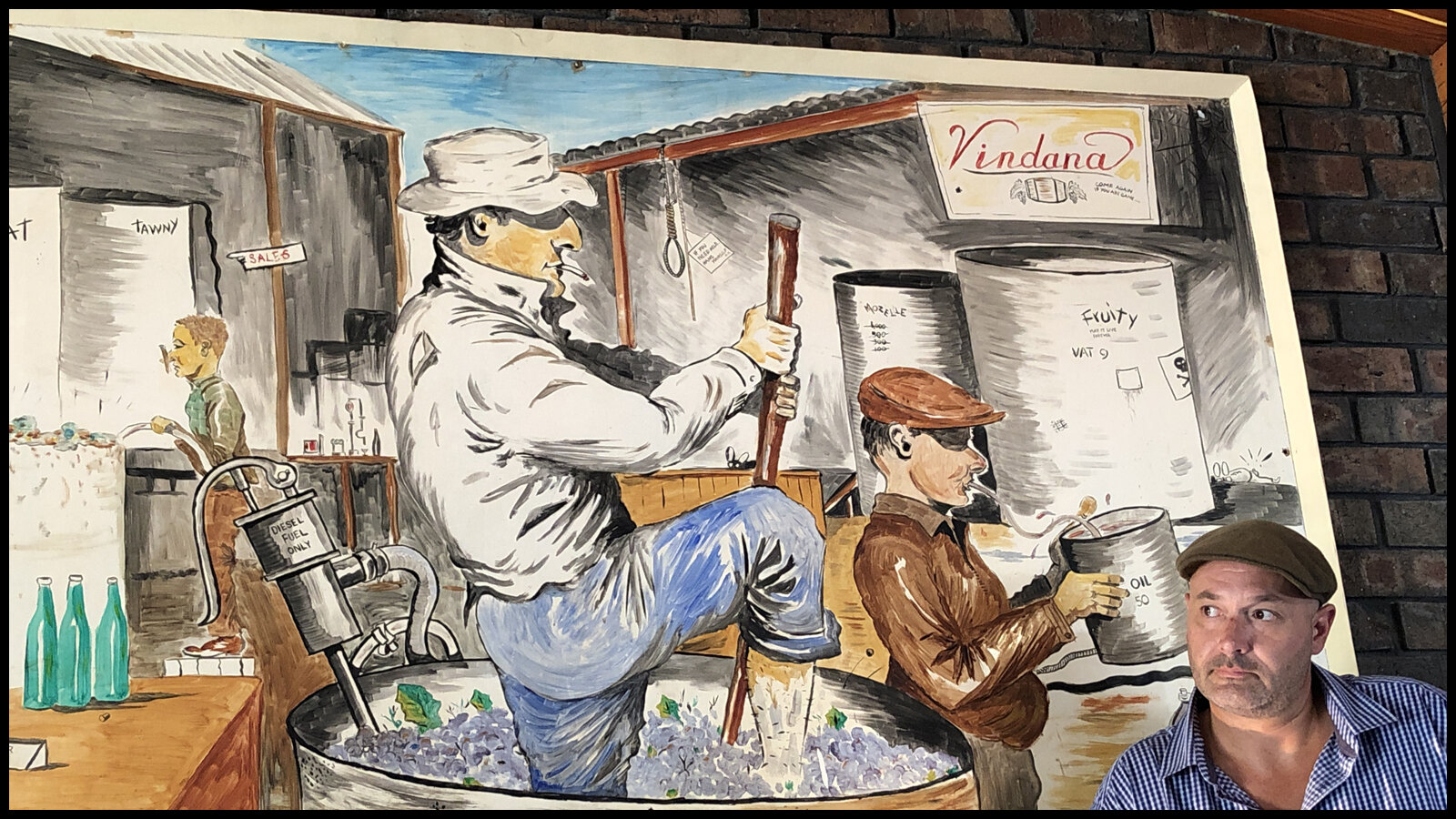
■ OUR HISTORY
Seven Generations of Legacy in the Barossa Valley.
■ 1839
Arrival in South Australia
On 26th January 1839, Johann George Mattner (43 years old) arrived in Port Adelaide, South Australia accompanied by his wife and six children. For four months, they had sailed on the ship ‘Catherina’ from the village of Kuschten (Posen), Prussia escaping religious persecution in hopes of starting a new life.
Like most German migrants, they first settled in the riverside village of Klemzig (a suburb of Adelaide) where they leased land and commenced primary production to fill the short supplies of fresh produce in much demand from the town-folk who now populate the young colony of Adelaide, with a growing population reaching 5000.
■ 1843
Pushing North
Johann and his family were among the earliest groups of German migrants to push North and pioneer the town of Langmeil (now Tanunda), Barossa Valley. It was here they leased land from English Philanthropist and Commissioner of the South Australian Company, George Fife Angas.
On this land, Johann continued mixed farming of cereal crops, vegetables, vine gardens and livestock.
Today, Langmeil (Tanunda) is still home to the oldest surviving Shiraz vines anywhere in the world, which was first planted in 1843.
■ 1844
Building Langmeil’s first Church & School
Soon after their settlement in Langmeil, Johann helped build the first Lutheran Church becoming one of its foundation members.
By 1845, Johann also helped built the Langmeil’s first school where his daughter, Johanna Dorethea Mattner (Scott’s great, great, great grandmother), began her education as a founding student.
■ 1846
Settlers on Jacobs Creek
Johann’s daughter, Johanna Dorethea Mattner, married Johann August Magen, and the family continued to expand their vineyards and winemaking efforts.
■ 1847
New Beginnings in Jacobs Creek
In 1847, Johann George Mattner moved his family from Langmeil to the Jacobs Creek property in the Rowland Flat area where the family continued mix farming of wheat, barley, vegetables, vine gardens alongside cattle, pigs and goats.
■ 1857
Pioneering Jacobs Creek
The fourth generation, Stanley Morgen, married Clara Stelzer, and their son Dennis (5th generation) was born in 1931. From a young age, Dennis worked in the vineyards, absorbing the wisdom and craft passed down by his grandfather, Fred.
■ 1883
A Legacy Continues
George Mattner passed away at the age of 88 and was laid to rest in Langmeil Cemetery. The family’s Jacob’s Creek property was inherited by August and Dorethea Magen, marking the next chapter in the family’s enduring legacy.
■ 1893
Jacobs Creek Families Strengthen Ties
Johann Friedrich Magen married Bertha Emilie Nitschke from across the Creek, growing a family of six children, whom the eldest, Stanley Magen, being born in 1905 (Fourth Generation)
During these years, further developments are made to the vineyard.
■ 1916
The Nomenclature Act
(The family changes name from Magen to Morgen)
Because of the ongoing war against Germany and subsequent anti-German sentiment, many place names with German origins were changed through petitions and Acts of Parliament.
The village of Langmeil name changed to Bilyara, and today it is now known as Tanunda. This anti-German sentiment saw many German migrants locked up into internment camps across South Australia as the Government was paranoid on the possibility of them being enemy spies. Fred Magen changed the family surname to Morgen (to sound more English) as to avoid any attention and risk of internment.
■ 1920
Vineyard Continues Growth
Fred planted more vineyards on Jacobs creek with the help of two boys from the Adelaide Orphanage, who in exchange for labour were given a home and keep.
Fortunately, Fred was a kind and fair man so he treated these children with respect, unlike a number of other old German families in the district who treated them like unpaid slaves.
■ 1929
Passing of Knowledge
Fifth Generation, Dennis Keith Morgan (eldest son of Stanley Morgen and Clara Stelzer), spend most of his childhood was shadowing his grandfather (Fred).
As an incredibly kind and patient man, Fred too time to share his knowledge and wisdom in grape-growing, farming & winemaking to Dennis.
■ 1944
Dennis begins his Journey in Wine
At just 14 years of age, Dennis was forced out of school (Rowlands Flat School) by his father (Stanley) to help support family by working on the vineyard.
Soon after, frustrations with his father drove Dennis to begin work at Wonganella Winery (now Gomersal Wines), under Anton Fromm and Bill Schrapel, who were great teachers and looked after him well.
■ 1947
Death of Stanley Morgen
In a fatal truck accident, Stanley Morgen died at the age of 41, eight months after his wife, Clara, gave birth to their youngest daughter.
Dennis (at 16 year old) returned home and took over the Jacobs Creek property, becoming the sole provider for his mother and five younger siblings.
During his early years of control, Dennis began changing the vineyard to improve the safety of the compromised the by neglect of the property.
■ 1952
Dennis expands Vineyard
Dennis Morgen married Beryl Withers and, together, they further develop the Jacobs Creek vineyard with mixed farming on the Barossa Ranges ‘High Country’ with livestock of 100 pigs, 15 dairy cows and a wood yard.
They also share-farmed 20 acres of vineyard with the Kies family at Lyndoch.
■ 1957
Birth of Morgen Twins
Dennis and his wife, Beryl, unexpectedly had twins, Jane and Susan Morgen.
■ 1963
Jacobs Creek Vineyard Sold
After 111 years, Dennis sells the Jacobs Creek vineyard and purchases 55 acres of vineyard in Monash, Riverland planted with Shiraz and Grenache.
■ 1968
Vindana Winery Established
Dennis often credited his success to his initial failure.
When established wineries rejected his first crop, he took a leap of faith, crushing the grapes himself and selling the wine from his fledgling winery. With the help of friend and wine chemist Doug Collett, Vindana Winery began production in a small shed, processing 30 tonnes of grapes and producing 20 cubic metres of wine in its first year. Much of that vintage was sold in bulk to renowned wineries like d’Arenberg, Kay Brothers (McLaren Vale), and Basedows (Barossa Valley), marking the humble beginnings of a legacy.
■ 1968 – CONTINUED
Meet Uncle Alf Scholz
Penfolds Manager, Uncle Alf was a great supporter and source of knowledge, and contributed to Dennis and the winery’s success in its early days.
Uncle Alf was instrumental at Penfolds Nuriootpa throughout his long career in the industry, and was credited for first employing a young Max Schubert (creator of Penfolds Grange) as his ‘errand boy’ in 1931.
■ 1969
A Helping Hand, Mell Bell
After 50 years of dedicated service as Winemaker and Manager at Seppeltsfield Wines, Mel Bel retired and joined Vindana as a part-time consultant. A cherished mentor, Mel shared his invaluable expertise until his passing, leaving behind a profound legacy. Before his death, he gifted Dennis his lifetime collection of treasured winemaking, viticulture, and distilling notes and journals—a priceless inheritance that continues to inspire.
■ 1970
Distillation Begins
During an era when fortified wines and brandy dominated the market, Vindana naturally evolved by launching a distillation program. A new ‘H. Jennings Copper Pot Still’ was installed, and the winery expanded its facilities to accommodate increased production. Upgrades included a larger basket press, new concrete and stainless steel storage tanks, and an automated bottling line. That year, Vindana crushed 1,700 tonnes of grapes and introduced a range of new brands to the market, including Vindana Premier Port, Vindana Vintage Port, Vindana 1969 Cabernet Sauvignon, and Vindana Shiraz Port
■ 1972
Vindana’s new look
Vindana’s operations continued to grow, with an annual crush reaching 6,000 tonnes. The installation of a second bottling line, dedicated to sparkling wines, enabled the launch of Australia’s first fruit-flavored ‘pop wines,’ including Passionwein, Orangewein, and Applewein. Alongside these innovative offerings, Vindana introduced a range of new brands, such as Vindana Sparkling Red Burgundy, Vindana Sparkling White, Vindana Sparkling Wein Spritz, Morgen’s Carbonated Spumate, Morgen’s Carbonated White Duck, Morgen’s Carbonated Cold Duck, Morgen’s Champers, and Morgen’s Wein Spritz.
■ 1974
Dennis Morgen, Jane Morgen & Jack Graves (Winemaker)
Twins, Jane & Sue (Susan) Morgen, joined the family business at 17 years old and very quickly integrated the business across various departments of Administration, Marketing, Finance & Distribution.
■ 1977
Industry Challenges
Jane Morgen married Graeme Higginson during a period of significant growth for Vindana, with production reaching an annual crush of 17,000 tonnes. However, the industry faced mounting challenges as the Government imposed a steep wholesale tax hike, increasing rates from 20 cents to 70 cents per gallon—applied even to existing stock. Compounding the pressure, new legislation required wineries to settle grape payments with growers by September each vintage year, despite much of the wine remaining unsold.
■ 1978
The Seventh Generation, Scott
Despite half of the 1977 vintage still unsold in tanks, Vindana crushed 6,500 tonnes of grapes. To navigate the challenging market, the company established a Melbourne Warehouse Distribution Centre and installed an additional bottling line. Eight sales representatives were hired to boost revenue during this difficult period.
Amidst these developments, Scott Graeme Higginson (seventh generation) was born as the eldest son of Jane and Graeme Higginson weighing 11.5 pounds (5.2 kg)*
*dubbed second largest baby ever to be born in South Australia
■ 1984
Dark days for the Industry – Vine-Pull Scheme
By 1985, Dennis had sold Vindana to Langwarra Wine Co., and the new owners rebranded it as WeinValley Estates. However, the winery traded only briefly before being sold again. The 1980s were a challenging decade for the Australian wine industry, marked by a government-funded vine-pull scheme that paid growers $1 per vine to remove vineyards and address crippling over-supply. This initiative led to the loss of many old vine plantations, casting a shadow over the industry. Recovery began in the early 1990s, by which time Norman’s Wines Ltd had taken ownership of the winery.
■ 1985
Agricultural & Vineyard Focus
Despite industry down-turn, Jane Higginson (nee Morgen) maintained the grit and tenacity learnt from her father and continued managing family vineyards.
For only a short period, Dennis shifted focus towards other agricultural investments until he went on to purchase another vineyard.
■ 1993
Passing of Knowledge & Tradition
Scott as the eldest grandson spent most of his early years growing up among the vineyards in the shadow of Dennis who patiently shared with him much knowledge and wisdom.
Although he was never pressured to take up a vocation in wine, Scott recalls an early lesson in sensory evaluation with his ‘Pop’, as a teenager at the breakfast table he observed his grandfather ‘nose’ a jar of plum jam..
Tongue in cheek, he looked at his grandfather and asked ‘ hey, forgotten what jam smells like old fella’, which was received with a gentle smile before Dennis proceeded to pass him the jar and asked that he do the same. Scott obliged and responded ‘smells ok to me’, and thought nothing more of it.
Scott always recalls that wine and alcohol was treated with respect in the household and older children were not discouraged from accepting a ‘single serve’ of wine at dinner if curious, so the following evening when Dennis opened a bottle of red, he asked Scott ‘smell that, tell me what it smells like?’ Scotts reply, ‘wine’.
Dennis responded with ‘what did you smell at breakfast yesterday’, followed by a moment of silence then a cheeky smile and nothing else was said on the topic. Scott recalls the following days of curiosity that burned inside as to how and why that wine smelt like plum jam?
Given the amiable relationship Scott was drawn to early conclusions that it was a light-heart prank of humour, and despite numerous enquiry as to how, why? Scott never got a satisfying answer, just a smile. Scott now says, ‘I believe that was the catalyst, that truly awoke my senses and a curiosity towards wine evolved from that’
■ 1995
Roseworthy College – School of Winemaking
Scott commenced tertiary studies at University of Adelaide in Wine Marketing & Agricultural Business for 3 years at Roseworthy Agricultural College.
■ 1996
Just can’t retire…
Diagnosed with leukemia several years earlier, Dennis was determined to fight the illness. However, his declining health, combined with the workload and remoteness of managing the vineyards—especially during Scott’s absence at university—became increasingly challenging. Deciding to consolidate, Dennis sold his remaining vineyards and farming properties. Remarkably, his health improved afterward, and true to his relentless spirit, he soon purchased San Mateo Vineyard (20 acres). Dennis simply didn’t know how to stop.
■ 1999
Vintage Experience in the Old Vindana Cellars
After graduating from Roseworthy, Scott returned to the old Vindana cellars—now owned by Norman’s Wines—where he was welcomed by long-time family friend and former Vindana business partner, Chris Grigoriou. Working as a vintage cellar hand and assistant winemaker, Scott found himself on the very site his grandfather had built over 30 years earlier, reconnecting with the roots of his family’s legacy
■ 2000
Youthful Opportunities
Over the next 20 years, Scott gained invaluable experience working with some of the industry’s most respected producers, including Murphy (Tremtham Estate), Foster’s Group (Penfolds, Wolf Blass, Carlton & United Breweries), and Mike Farmilo, former Chief Winemaker at Penfolds (Boars Rock).
As Dennis’s health declined in the early 2000s, Scott took on greater responsibility in managing the family’s vineyard business. Dennis passed away in February 2003 at the age of 70, leaving behind a legacy that Scott was determined to honor and continue.
■ 2013
A Leap of Faith in Lyndoch
Scott purchased a small parcel of land in Lyndoch, Barossa Valley, relocating his wife, Lyndsey—seven months pregnant at the time—from their comfortable Adelaide home. In the back shed, he began ‘tinkering’ with his own winemaking experiments, reigniting the family’s passion for crafting wine.
Soon after, the eighth generation of the family arrived with the birth of Molly Higginson, Scott and Lyndsey’s first daughter, marking a new chapter in the family’s enduring legacy.
■ 2018
The Legacy Lives On
After five years of ‘tinkering’ with small batches of wine, the bootlegging days came to an end. Vindana Wines was officially re-launched, coinciding almost exactly with the 50th anniversary of Dennis’s first grape crush in 1968.
The family legacy lives on, a testament to resilience, tradition, and the enduring spirit of the Higginson family.







